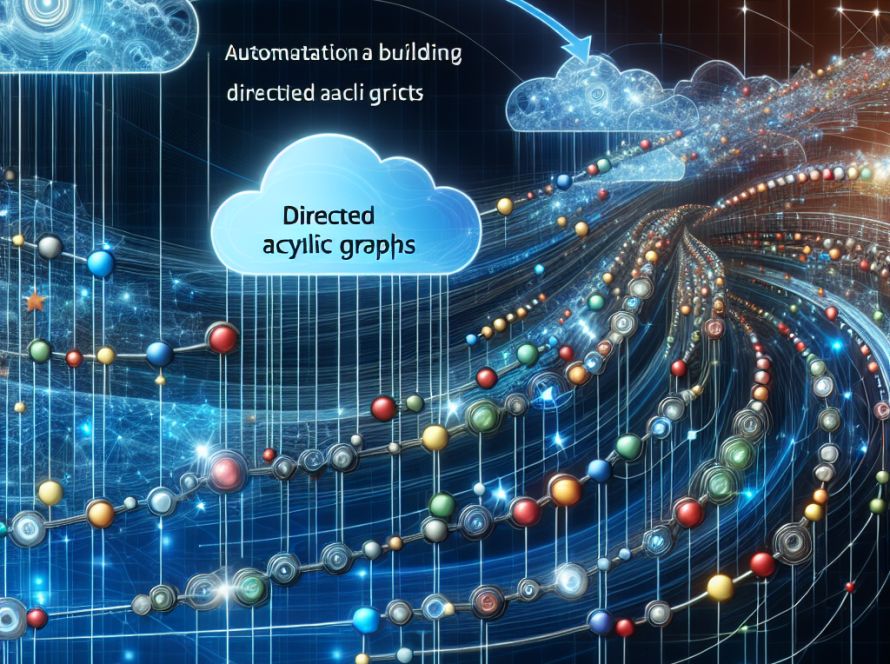Researchers from MIT have developed a new technique that could offer artists greater control over animations. This new method utilizes barycentric coordinates, mathematical functions that dictate how 2D and 3D shapes can bend, stretch and move. Significantly, this technique gives animators the flexibility to define their preferred ‘smoothness energies’ that best suits their artistic vision.
Presently, most animation techniques provide a single option for the design of a given character without considering the artistic preferences of the animator. Creating a different look for an animation would require a completely new approach. This rigidity in animation design prompted the MIT scientists to create a flexible, more generalized method that could be adapted to the artist’s desired outcome.
The lead author of the study, Ana Dodik – a graduate student in Electrical Engineering and Computer Science (EECS) at MIT – stresses that artists prioritize flexibility and the look of their final product. Dodik collaborated with colleagues from MIT and the University of Southern California’s Viterbi School of Engineering in developing this new method, presented at SIGGRAPH Asia.
Animation of 2D or 3D characters usually involves constructing a cage of simpler, connected points around the character. The animator would then manipulate these points to achieve the desired character movement. The design of a particular barycentric coordinate function determines this movement.
Traditional approaches use complicated equations to find extremely smooth, cage-based motions to avoid unnatural kinks in the shape when stretched or bent. However, these equations vary widely, each leading to a different set of barycentric coordinate functions.
MIT’s novel method involves using a specially designed neural network to genenerate these barycentric coordinate functions. The neural networks can predict the combination of the virtual triangles’ barycentric coordinates to create a smoother, more complicated function. This solution gives artists the freedom to experiment, tweaking the coordinates until they achieve their desired look.
Beyond the realm of game and movie animations, these techniques can find applications in medical imaging, architecture, virtual reality, and computer vision to aid robots in predicting object movements in the real world.
While the novel method is a breakthrough, the researchers believe there is more room for improvement. They are exploring strategies to accelerate the neural network and plans to develop an interactive interface that allows real-time tweakings for artists.
The research received funding from various entities, including the U.S. Army Research Office, the U.S. Air Force Office of Scientific Research, the MIT-IBM Watson AI Lab, the Singapore Defense Science and Technology Agency, and the Amazon Science Hub.


